Tsunami Strike! Pacific Edition
- Unit 1 - A Tsunami's Reach
- Unit 2 - After a Tsunami
- Unit 3 - Fatal Tsunamis 1900-2011
- Unit 4 - Force of a Tsunami
- Unit 5 - Preparing for a Tsunami
- Unit 6 - Seismic Detection
- Unit 7 - Sources of Tsunamis
- Unit 8 - Tsunami Alerts
- Unit 9 - Tsunami Legends
- Unit 10 - Wave Characteristics and Tsunamis
- Unit 11 - Wave Detection
- Unit 12 - Wave Propagation—Traveling Tsunami Style
- Unit 13 - When Tsunamis Strike
- Unit 14 - Where Do Tsunamis Occur?
Recognizing a Tsunami
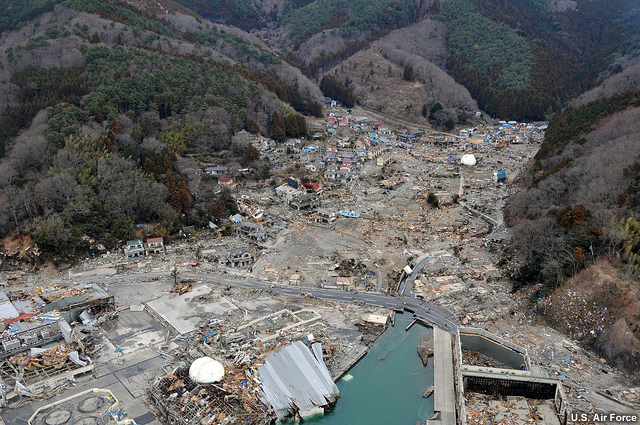
Tsunami is Japanese for "harbor wave" and describes the series of waves commonly caused by an earthquake or seismic event.
What does a tsunami look like when it arrives at the coast? Look at these pictures and decide which are photos of tsunamis and which are photos of other types of waves.
Question 1
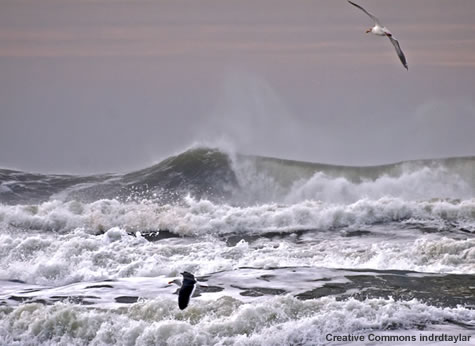
Is this a tsunami? (Choose the best answer.)
The correct answer is b).
No. This is a large breaking wave that's a part of regular ocean swell. Although tsunamis sometimes create large breaking waves, more often they appear in other forms.
Question 2
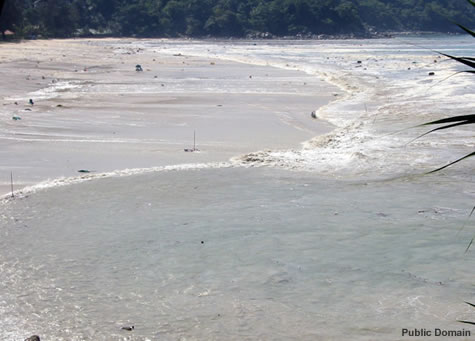
Is this a tsunami? (Choose the best answer.)
The correct answer is a).
Yes. This is an unusual sudden retreat of water from the shore that can accompany tsunamis.
Question 3

Is this a tsunami? (Choose the best answer.)
The correct answer is a).
Yes. This is a strong current pushing a river upstream caused by a tsunami.
Question 4
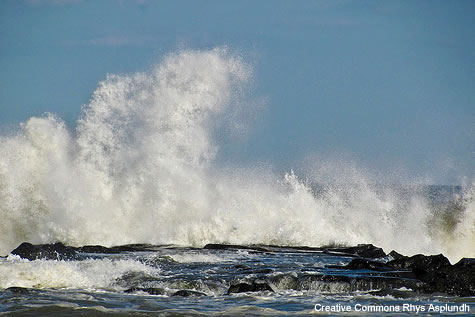
Is this a tsunami? (Choose the best answer.)
The correct answer is b).
No. This is a regular ocean wave crashing on the rocks. The waves around it show no sign of a tsunami.
Question 5
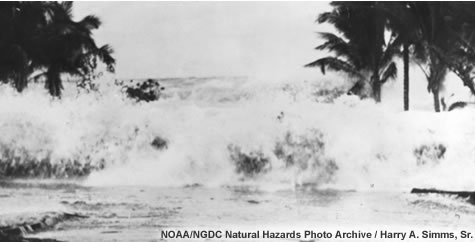
Is this a tsunami? (Choose the best answer.)
The correct answer is a).
Yes. These surging waves are common in tsunamis.
Question 6

Is this a tsunami? (Choose the best answer.)
The correct answer is b).
No. This is high ocean swell at sea, but not a sign of a tsunami.
Question 7
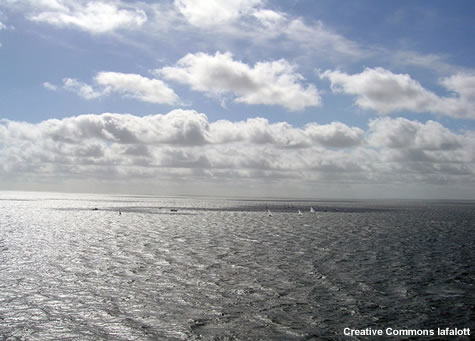
Is this a tsunami? (Choose the best answer.)
The correct answer is b).
No. These are regular short-wavelength ocean waves. However, a tsunami might look like this at sea, with short wavelength waves rippling on top of it.
Question 8

Is this a tsunami? (Choose the best answer.)
The correct answer is a).
Yes. This effect, in which water rises very rapidly, often occurs in a tsunami.
Question 9
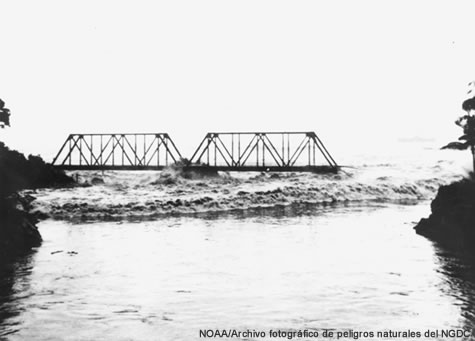
Is this a tsunami? (Choose the best answer.)
The correct answer is a).
Yes. This wave produced by water surging up a river against a current is called a bore, and tsunamis can produce them.
© 2011-2021, The University Corporation for Atmospheric Research - All Rights Reserved.